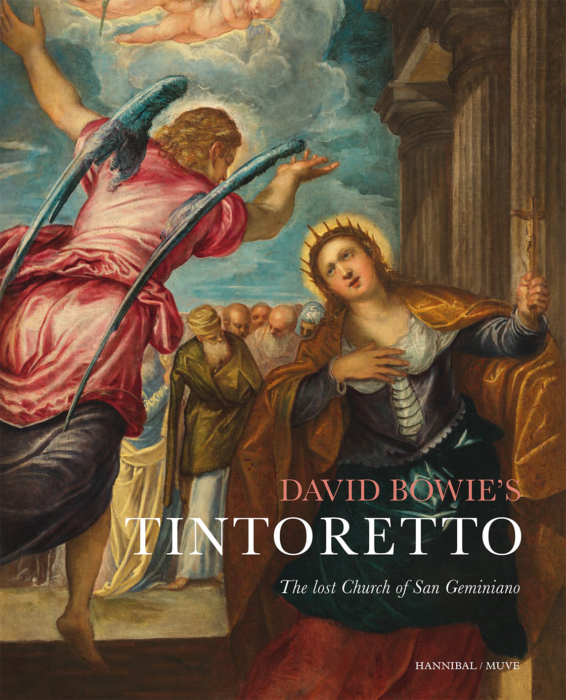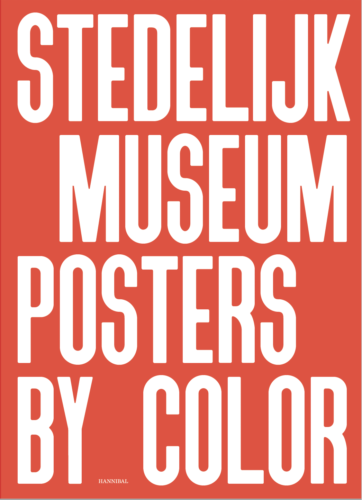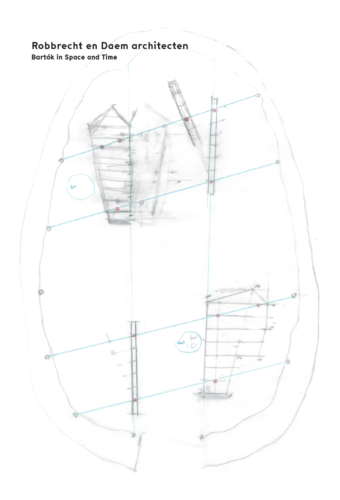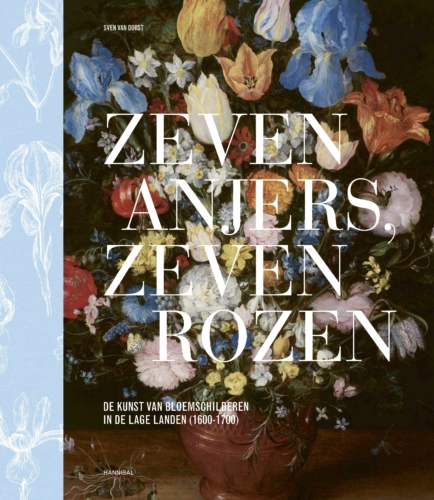
New light on Tintoretto's ultimate masterpiece
This lavishly illustrated book features Jacopo Tintoretto’s masterpiece Angel Foretelling the Martyrdom of Saint Catherine of Alexandria, a long-term loan received by the Palazzo Ducale.
Commissioned by members of the Scuola di Santa Caterina for the Church of San Geminiano in the Piazza San Marco in Venice, the altarpiece was displayed in this central location for some 250 years. Few churches, even in Venice, could compete with the beautiful San Geminiano (designed by Jacopo Sansovino) and its two altarpieces by Giovanni Bellini and Tintoretto, and pair of organ shutters by Veronese. During its sojourn in San Geminiano the altarpiece was seen by many local and visiting painters. This is clear not only from a sketch of the painting by Anthony van Dyck and notes on it by Joshua Reynolds, but also from engravings and, more generally, echoes of it in later compositions, approaches to handling paint, and colour schemes.
In 1807, Napoleon had the church destroyed to make way for a Royal Palace and, after a few years at the Gallerie dell’Accademia, Tintoretto’s painting passed into private hands.
Riccardo Lattuada tells us the fascinating story of the altarpiece painted by this exceptional artist Vasari called: “il più terribile cervello che abbia avuto mai la pittura”.
Of particular interest is the scientific study from conservators at the Royal Institute of Cultural Heritage in Brussels. This report reveals an astonishingly complete underdrawing and has provided scholars involved in the project with information making possible a much more precise dating of the work.
Xavier Salomon (The Frick Collection, New York) gives us an insight into what was called by Leonico Goldioni, when he compared San Geminiano to other churches in the city, "a ruby among many pearls”. Further, there is an essay by Maja Neerman on the Fiamminghi a Venezia, in particular the painter Maerten de Vos, said to have been a pupil of Tintoretto. Ben van Beneden (Director of the Rubenshuis, Antwerp) writes about the huge influence Tintoretto had on Rubens, Stijn Alsteens (former Curator of Drawings and Prints, The Metropolitan Museum of Art, New York) writes about Anthony van Dyck and Venetian drawing.
The final chapter of this publication gives us, via different interviews with David Bowie made by the renowned rock journalist and novelist Serge Simonart, a vivid insight into the rock star as a true art lover. Although his extensive collection, sold for record-breaking amounts at Sotheby’s in 2016, was mainly composed of twentieth century and contemporary works, Tintoretto seems to have held a special importance for Bowie as in the 1990s he called his record label “Tintoretto Music”.
The late J.J. Norwich called the return of this altarpiece into the public view (Rubenshuis, in Antwerp, 2017) “a cause for celebration”. Now bringing it back to the Doge’s Palace on long-term loan, only yards away from the altarpiece’s original home, the church of San Geminiano, it is certain that this news would be seen by Lord Norwich as yet another cause for celebration.
- 28,4 x 22,5 cm
- 160 pages
- Hardcover with jacket
- Quadrichromy
- English edition
- ISBN 978 94 6338 701 4
Related books



